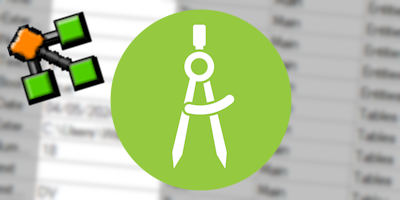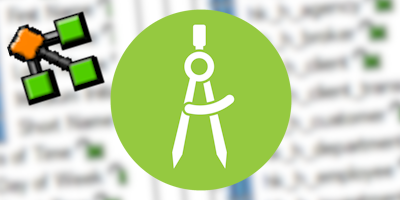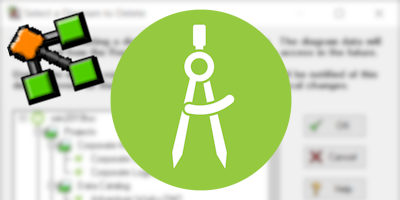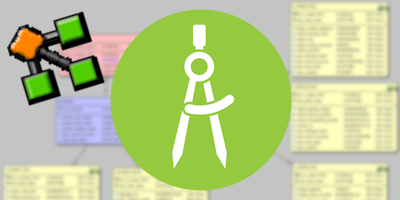This post follows the previous one, “Macros – Add custom properties to specific objects”, where we shared scripts to automatically bind Attachments to ER Objects.
In this one, we will share new versions of the different scripts that allow using shared Attachments for various types of ER Objects (instead of duplicating them for each ER Object), and also support Relationships and Views.














